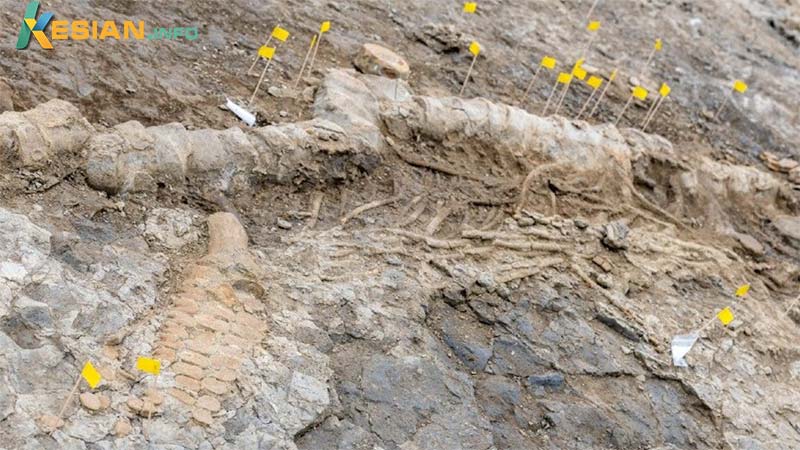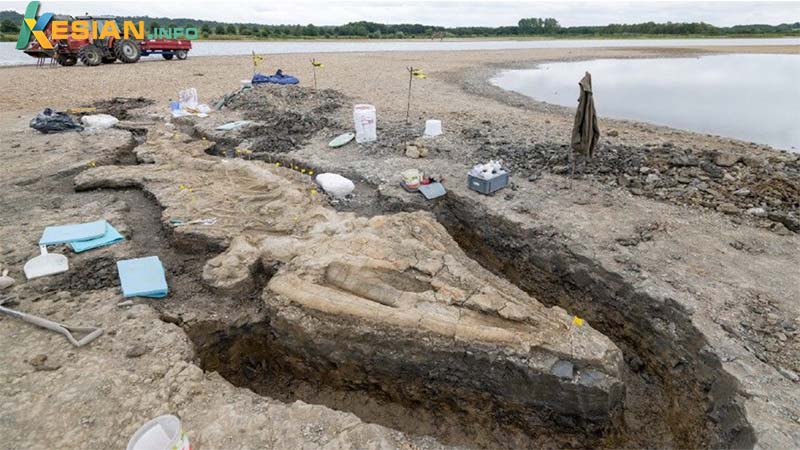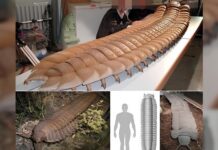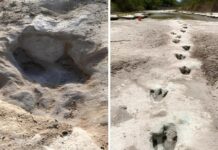A 33-foot-long “oss” of an ichthyosaur, the largest UK example of a “тo” that roamed the oceans while the dinosaurs were alive, was found in an English nature reserve.
In the UK, a dragon fossil that is the largest and most complete of its kind was found. It is also thought to be the country’s first example of the ichthyosaur species Temnodontosaurus trigonodon.
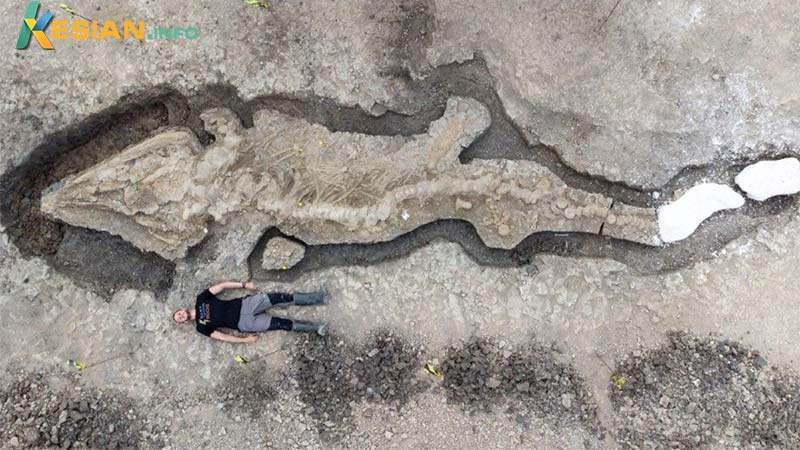
When raised for conservation and research, the block containing the 6′ (2 m) s’u and surrounding clay alone weighed a tonne.
In February 2021, Joe Davis, the conservation team head of Leicestershire and Rutland Wildlife Trust, noticed a dragon during the routine draining of a lagoon island for landscaping.
According to Mr. Davis, the discovery has been both fascinating and a career high point. It’s astonishing how much we have discovered about how this dragon once swam in the waters above us thanks to the discovery of this living relic. Now, albeit on a smaller scale, Rutland Water serves as a habitat for wetland animals.
Dr. Dean Lomax, a paleontologist from the University of Manchester who has studied countless ichthyosaurs, is in charge of the excavation team. He said that being in charge of the dig was an honour. In Britain, where its “oss” have been found for more than 200 years, ichthyosaurs first appeared.
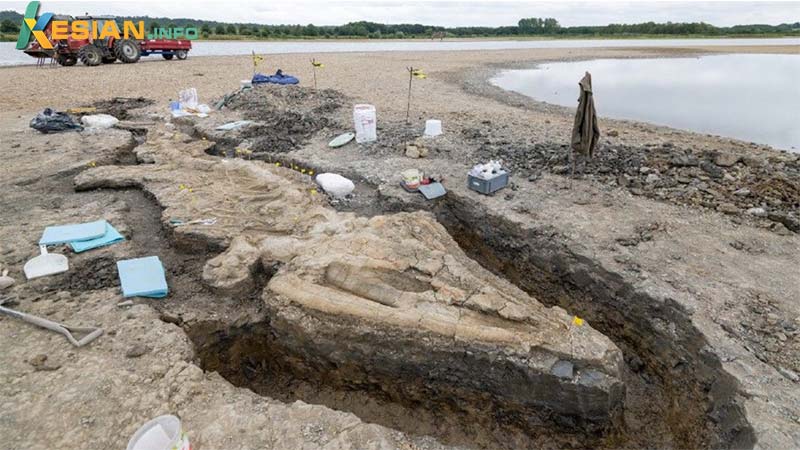
The discovery “is a genuinely exceptional discovery and one of the greatest finds in British palaeontological history,” according to Dr. David Norman, curator of dinosaurs at the Natural History Museum in London.
The “oss” will eventually be returned to Rutland for a long-term exhibit, although it is now being inspected and maintained in an undisclosed location in Shropshire.
